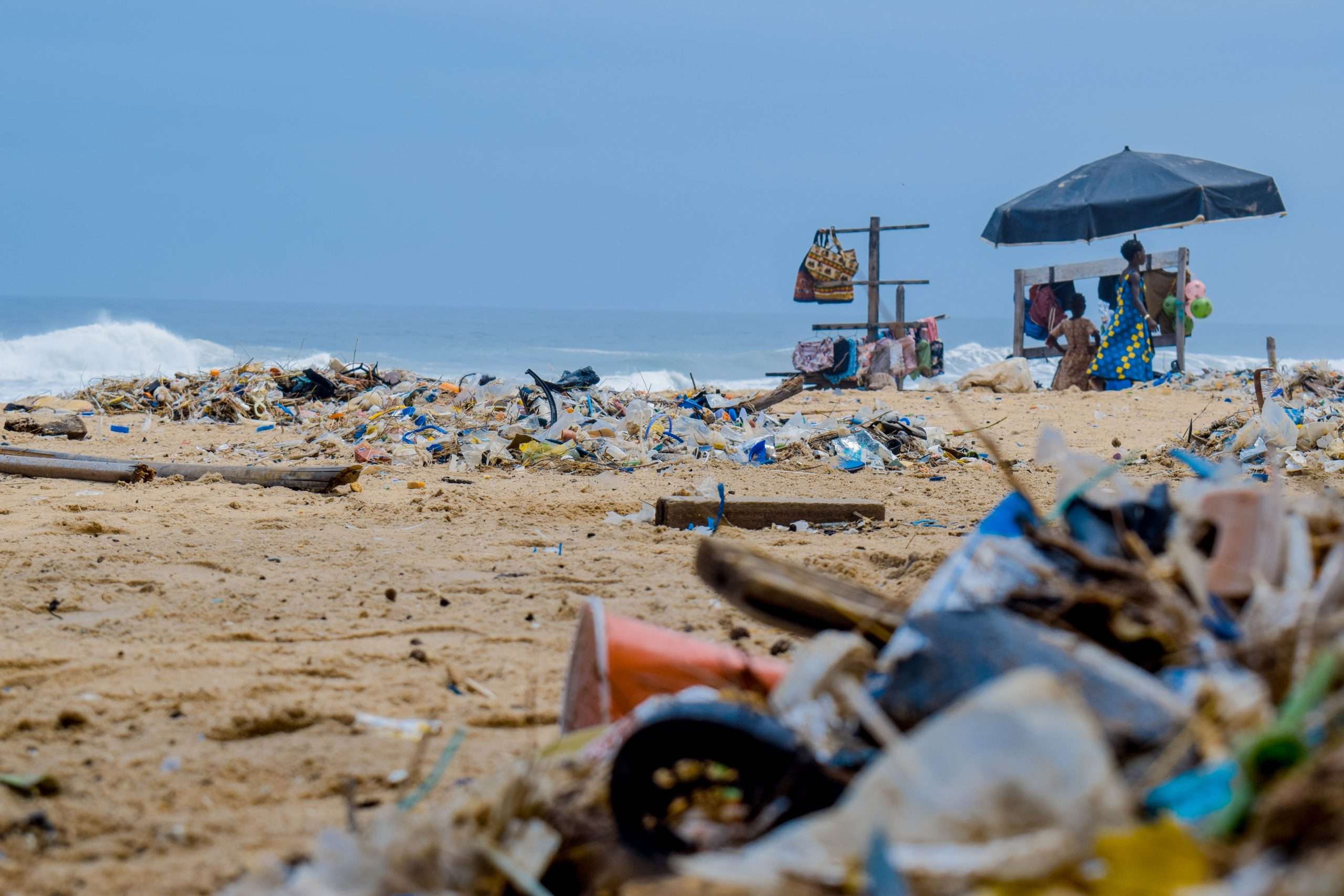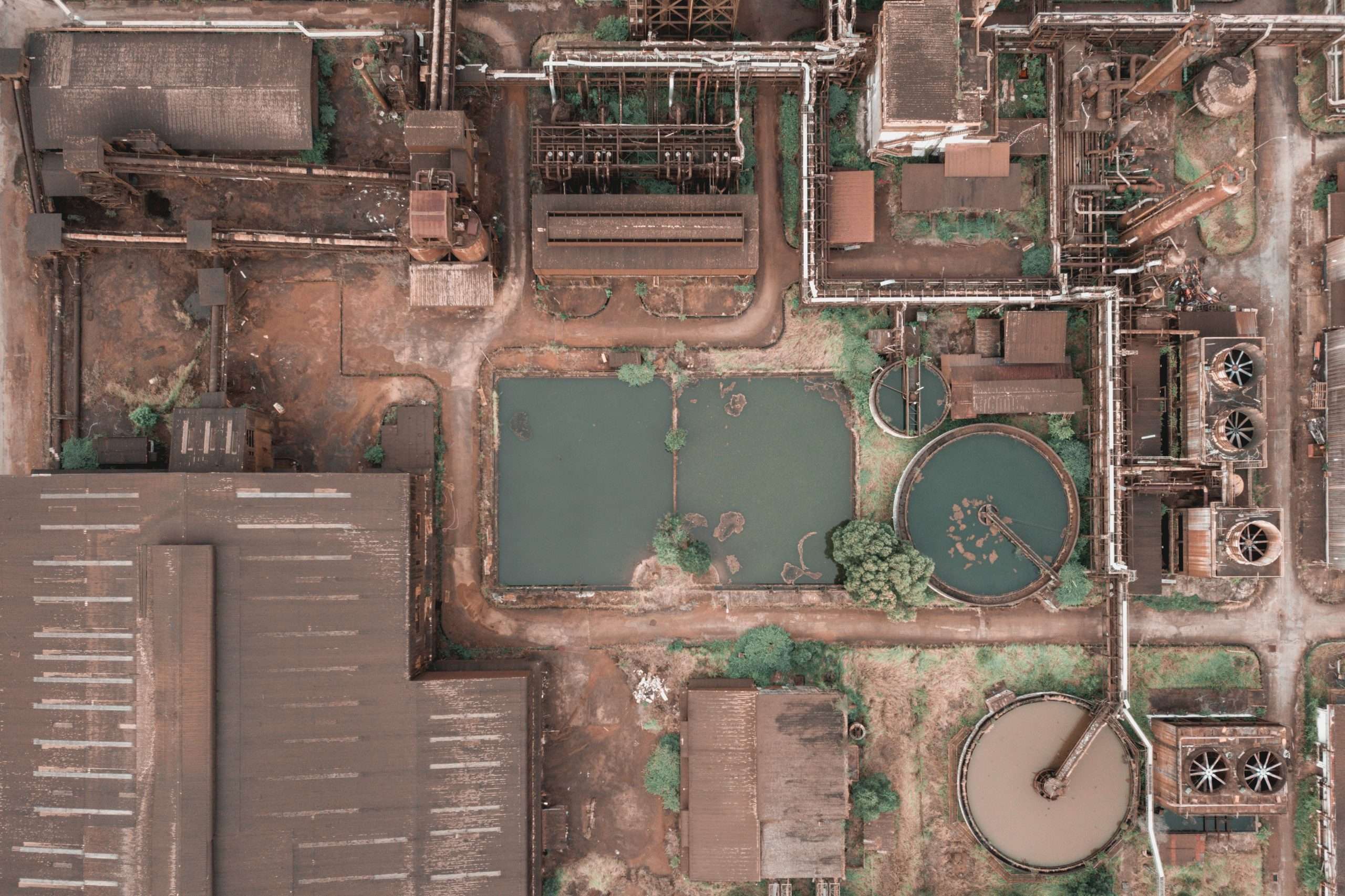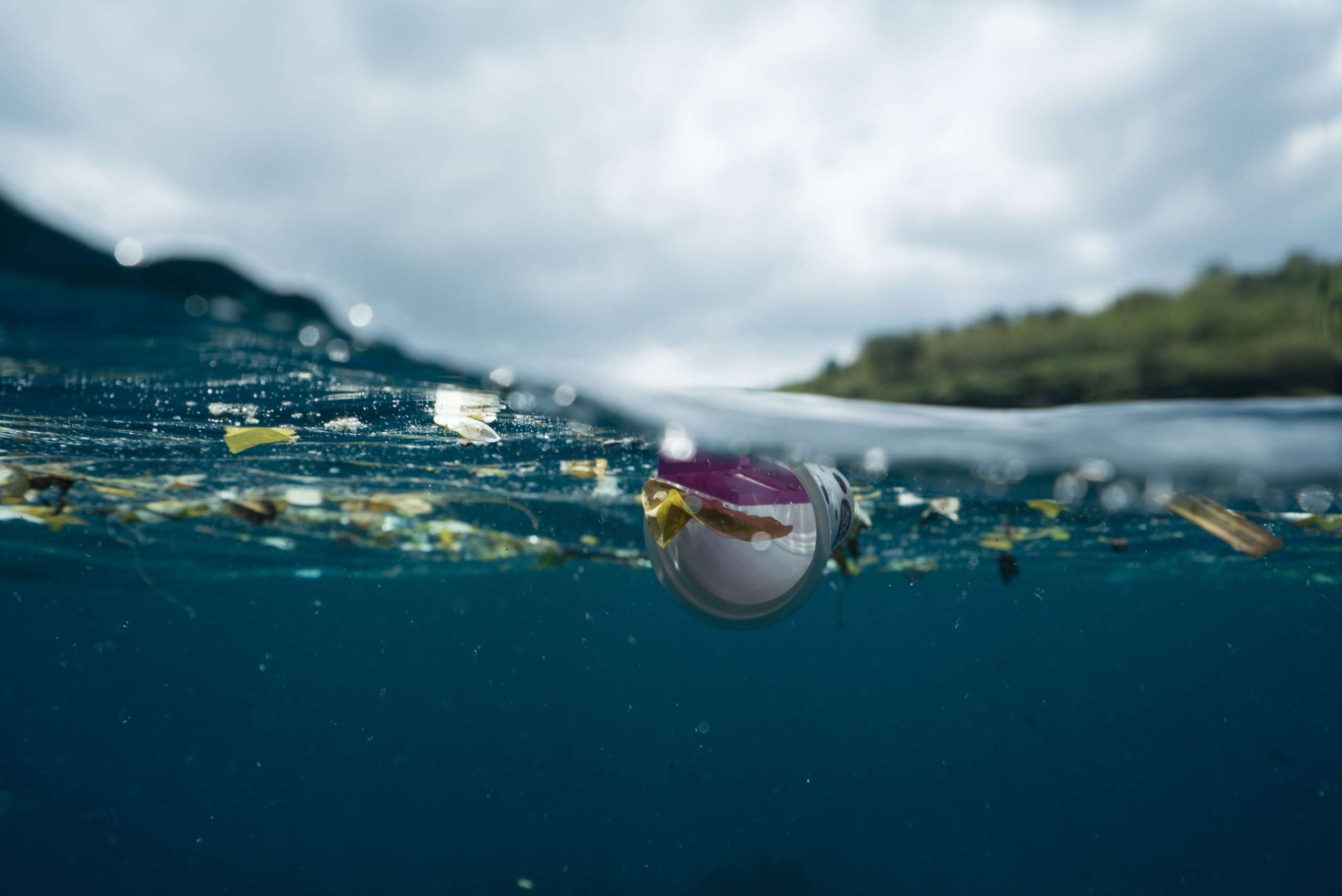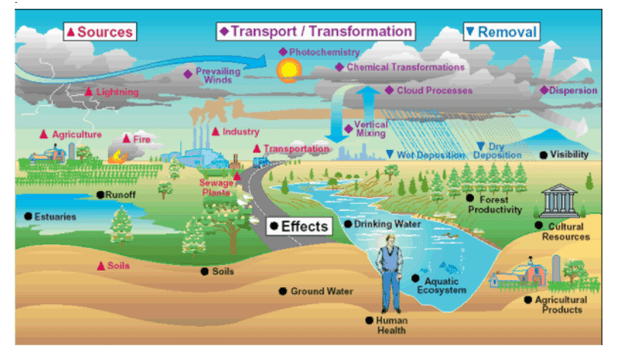Water pollution has an unfathomably negative effect on climate change. It occurs when dangerous substances like chemicals or microbes pollute streams, rivers, lakes, oceans, and bodies of water, reducing water purity and rendering it hazardous to humans and to the environment. So, what is the inevitable effect that water pollution has on climate change?
what is water pollution?
Water contamination has a severe effect on climate change, constituting an important problem that endangers human health. Every year, unsafe water kills more humans than war and violence combined, limiting global drinking water.
We have access to less than one per cent of the world’s freshwater. Without action, water pollution will only worsen by 2050. Water, also known as a “universal solvent,” is particularly susceptible to pollution. It can dissolve more chemicals than any other liquid on the planet. It rehydrates us and provides vivid blue waterfalls.

Source: pexels.com
the source of water pollution
Pollution From a Single Source
Pollution occurs when contamination comes from a single source. This transpires when water is discharged legally or illegally. The culprits are companies, oil refineries, wastewater treatment plants, contamination from leaking septic systems, chemical and oil spills, and unlawful dumping. The Environmental Protection Agency generally regulate, defining restrictions on what can be released directly into a body of water by a facility. It also has the potential to affect waterways and oceans.
Nonpoint Source
Pollution is contamination that comes from a wide range of sources. Contributors include agricultural or stormwater runoff, as well as debris, blown into streams from land. These are the leading cause of water contamination in US waters, but it is difficult to control because there is no single, identifiable source.
Transboundary
It goes without saying that a line on a map cannot contain water pollution. Transboundary pollution occurs when contaminated water from one country enters the waters of another. Contamination can occur as a result of a calamity, such as an oil spill, or as a result of the steady, downriver creep of industrial, agricultural, or municipal discharge (Babiker, 2021).

Source: https://www.pexels.com/
Major global sources of water pollution and their effect on climate change
The agricultural sector is not only the largest consumer of global freshwater resources, with farming and livestock production absorbing over 70% of the world’s surface water supplies, but it is also a major water polluter. Agriculture is the biggest cause of water pollution worldwide.
Agricultural pollution is the leading cause of pollution in rivers and streams, the second-leading cause in wetlands, and the third-leading cause in lakes. It also contributes significantly to the pollution of estuaries and groundwater. Fertilisers, insecticides, animal manure, and livestock operations wash nutrients and pathogens (germs, viruses) into our rivers every time it rains.
Marine Agriculture
Nutrient imbalance, caused by excess nitrogen and phosphorus in water or air, is the world’s leading danger to water quality and can result in algal blooms, a poisonous soup of blue-green algae that can be damaging to humans and wildlife.
Wastewater
Wastewater means used water. It is produced by our sinks, showers, and toilets, as well as by commercial, industrial, and agricultural activity. Stormwater runoff refers to when rainfall transports road salts, oil, grease, chemicals, and debris from impermeable surfaces into our waterways.
According to the United Nations, more than 80% of the world’s wastewater is discharged into the environment without being treated or reused (UN Water, 2023). Wastewater treatment plants in the United States treat around 34 billion gallons of wastewater every day. (Environmental Protection Agency, 2022).
Before dumping treated water back into rivers, these facilities minimise the quantity of contaminants in sewage. Said contaminants include bacteria, phosphorus, and nitrogen, and even heavy metals and harmful chemicals in industrial waste. The EPA estimates that old and easily overwhelmed sewage treatment systems discharge more than 850 billion gallons of industrial effluents per year.

Source: https://www.pexels.com/
Oil Pollution
While large spills get the most attention, consumers are responsible for the great majority of oil pollution. Oil and gasoline drips from millions of automobiles and trucks every day. Nearly half of the estimated 1 million tons of oil that enters marine habitats each year comes from land-based sources such as factories, farms, and towns rather than tanker disasters. At sea, tanker spills account for around 10% of the oil in the world’s waterways. while ordinary maritime operations—both legal and illicit discharges—contribute about one-third.
Radioactive Materials
Pollutants emit radiation produced by uranium mining, nuclear power plants, military weapon production and testing, as well as colleges and hospitals that use radioactive materials for study and medicine.
Radioactive waste can last for thousands of years, making disposal a serious concern. Consider the decommissioned nuclear weapons production facility at Hanford, Washington, where the cleanup of 56 million gallons of radioactive waste is anticipated to cost more than $100 billion and last until 2060.
Effects of Water Pollution on Human Health
Water pollution is a serious environmental issue that has a global influence on the health and well-being of all living entities. Water contamination induced by population growth is exacerbated by agricultural runoff, industrial waste, and sewage. Consuming contaminated drinking water can lead to serious health problems, such as gastrointestinal infections, typhoid fever, cholera, and dysentery. Exposure to toxic chemicals, such as lead, mercury, and pesticides can cause serious health issues. These include:
- Neurological, liver and kidney damage
- Reproductive problems like infertility, congenital disabilities, and low sperm count
- Cardiovascular problems like heart disease and stroke
- Respiratory conditions like asthma, bronchitis
- Mental illnesses like stress, anxiety and depression
- Skin irritation like itchiness, rashes, psoriasis, eczema
- Cancer (including leukemia and lymphoma)

Source: https://www.pexels.com/
The Effects of Climate Change on the Earth’s Water
Climate change and water are intricately intertwined. Most of the effects of climate change are related to water, from unpredictable rainfall patterns, to melting ice sheets, rising sea levels, floods, and droughts. When rising temperatures disturb precipitation patterns and the entire water cycle, climate change exacerbates both water scarcity and water-related risks such as floods and droughts (United Nations, 2022).
Rainfall Variations: Temperature increases caused by climate change have increased the rate of evaporation from both land and oceans, as well as allow the atmosphere to contain 4% more water for every 1°F increase.
Water Scarcity: As temperatures rise and evaporation increases, so will the need for water for humans, agriculture, and industry. This increased demand will be exacerbated by the rising population. These critical actions may result in increased emissions and energy consumption.
Rising Sea Levels: This is a result of melting ice caps, ice sheets, and glaciers, as well as expanding hot waters, with the potential to impact coastal populations and ecosystems, as well as taint fresh water supplies.
Water Contamination Has Increased: Excessive volumes of rainfall could overload and damage critical infrastructure like sewer systems and water treatment plant. This results in dirty, opaque water. Heavy rains may also increase fertiliser, sediment, rubbish, and other pollutants flow into water systems.
Preventing Water Contamination, and reducing its effect on climate change
The best way to prevent mass water pollution is to minimise its negative impacts. We can make various minor changes to protect ourselves from a future where water is scarce.
Save Water: Our main priority is water conservation. We are becoming increasingly aware of the severe worldwide issue. Simple household adjustments you can make in your own home can produce a significant impact.
Better Treatment of Sewage: To significantly minimise water pollution, waste items should be disposed of safely. Agriculture or other industries can reuse this wastewater by reducing its toxic contents.
Use Environmentally Friendly Products: We can reduce water pollution by using soluble products that don’t end up becoming pollutants.

Source: https://www.pexels.com/
water pollution and climate change
Water pollution has serious consequences for human health and well-being. It is critical to take steps to reduce water contamination and safeguard the quality of our drinking water. By supporting government rules, decreasing dangerous chemicals, and enhancing wastewater treatment systems, we can protect human life, flora and fauna and reduce water pollution.

Source: https://www.researchgate.net/figure/Pollution-sources-transport-transformations-removal-and-effects-31_fig1_345771816
achieving the United Nations Sustainability Development Goals (SDGs)
Achieving Sustainable Development Goal 6 (clean water and sanitation) is critical. Meeting this target by 2030 will be difficult, particularly in the Global South. Science is at the heart of sustainable development and is our ticket to finding new ways to address SDG 6.
A Thrivable Framework
THRIVE invests interest in issues fundamental to the integrity of our society. Water pollution must be treated as a global emergency. All stakeholders must acknowledge this issue and work hard to mitigate its effects on the environment.
To learn more about how The THRIVE Project is researching, educating and advocating for a future beyond sustainability, visit our website. You can follow our informative blog and podcast series and learn about our regular live webinars featuring expert guests in the field. Sign up for our newsletter for regular updates.























